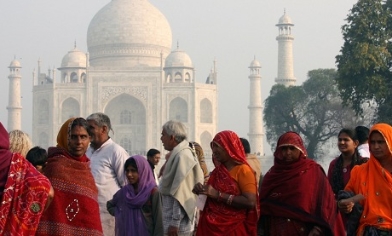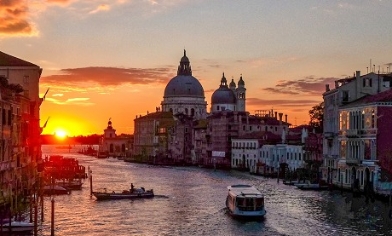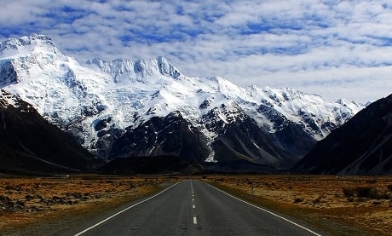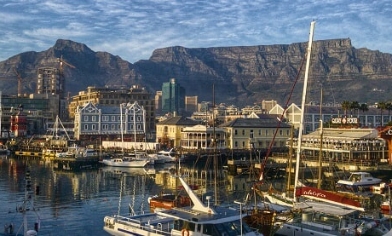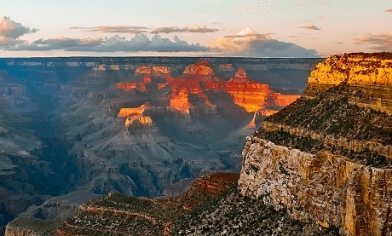Healthcare for Brits in Canada
Travel insurance is a necessary contingency for getting sick or injured in Canada. Unlike other Commonwealth countries such as Australia, there isn’t a reciprocal health agreement between Canada and the UK, so while healthcare is readily available, it could be very expensive.
The emergency services number is 911 or 0. It’s imperative that you have travel insurance and contact your provider as soon as you have covered the most urgent needs of your medical care. It is also advisable to have some extra funds available for any costs that you may need to pay up-front like taxis to and from the hospital. These can be claimed for on your travel insurance policy. Canada has walk-in clinics where you can go without an appointment if your condition isn’t serious enough to warrant a trip to hospital.
Travel risks in Canada
Crime in Canada is uncommon. However, it’s always important to take precautions against theft and danger, such as never leaving bags unattended, not walking alone at night in unfamiliar places and avoiding the use of drugs or becoming too drunk. Always make sure your travel documents are safe and well looked after.
Most of Canada’s travel risks are associated with its notorious weather. Whether its heaps of snow in the winter or wild fires in summer, Canada’s raw landscape makes it prone to some heavy weather. It’s always important to keep on top of local weather reports and plan ahead. If your onward journey involves travel through an area that could soon be affected by hurricanes or heavy snow, you might want to amend your travel plans.
Make sure you understand what the local laws are surrounding winter travel. In some areas, winter tyres are a legal requirement while in others, roads are closed during the winter due to being impassable. Unlike the UK, Canadian rail networks are equipped to deal with heavy snowfall and this shouldn’t affect your travel plans, however it’s always a good idea to check the schedule if there is a dump.
Canadian culture
Canada is famous as a liberal, accepting and multicultural place with progressive politics. It is a mistake to think that Canadian and American cultures are the same or even broadly similar, however there has been a significant amount of US influence on things like architecture. There is an emphasis on the importance of immigration in Canada, especially considering that much of its infrastructural, culinary and high culture comes from European sources.
While it’s impossible to make total generalisations, Canadians are thought of as kind, hospitable and friendly. Arts and culture are an important part of the Canadian lifestyle, with several enormous festivals across artistic disciplines including theatre, dance, art, literature and, of course, music. The great outdoors is readily accessible and something that the Canadians are proud of, in particular their national park system.
The currency of Canada is the Canadian dollar, so make sure you have enough notes for your trip or have loaded the currency onto a secure prepaid travel money card before you go to easily access your holiday cash while you're there.
Getting around
The Trans-Canada Highway stretches, as one might imagine, across Canada, covering some 4,860 miles and a fair few time zones. It largely sticks to a route that tracks the US border as this is where the majority of Canada’s biggest cities are located (though it does not intersect the border at any point), and is a great route for a road trip.
Long-distance bus travel is more popular than in other countries and if you don’t mind the length of time it can take to get between places is a cost-effective way of getting between major cities.
Air travel is the speediest way of covering long distances, however it is not as cheap as American domestic air travel and it can sometimes be cheaper to transit into the US and out again. However, if that’s something you’re planning on doing, it’s crucial to make sure you have the necessary visas.
A fascinating way to see the entire country is to take the Canadian – that is to say a passenger train that traverses Canada. It can also be a way of getting from two major cities and seeing some of Canada’s amazing scenery at the same time. Unfortunately, for many people, it is more expensive than flying. Visit the VIA Rail Canada website to find out if you qualify for any of their discount schemes.
Driving across the country, or between places you want to visit, offers the freedom of being able to stop and change your destination on a whim, as well as giving you views of the country. It’s very important to make sure you know what the weather is going to be (as accurately as possible) as becoming stuck somewhere remote, especially in winter, can rapidly become very serious. Take all the local safety advice, as laws and regulations change between provinces and territories.
You do not need an International Driving Permit to drive in Canada – a full, valid UK driver’s licence is enough.
An important hazard on roads, particular outside of cities, is wild animals wandering out in front of you. Always be cautious when driving at night and reduce your speed if you are in an area of wilderness.
Wherever you are driving, make sure to have checked the latest travel news for that area and make sure your car has the necessary safety precautions (for instance, snow tyres or two, rather than one, spare tyres).
Do I need travel insurance for Canada?
Travel insurance is essential if you want health cover in Canada. While the health system there is well-respected, the costs of being treated – even for non-life-threatening conditions – can quickly escalate. Make sure the policy you choose has the level of Covid-19 cover you need. You may be able to add additional coronavirus cover for an extra premium with some insurers.
A good-quality travel insurance policy should cover you for damage to, loss or theft of your belongings, like passports and luggage. It should also safeguard against and reimburse you for cancellation, delay to or cutting short your trip – check the policy wording for the circumstances when it will.
Regardless of when you’re going to Canada – whether to hit the slopes of Whistler or do some hiking in the summer greenery – make sure your travel insurance covers you for the activities you want to do and that you’ve bought any add-ons you might need, like ski insurance or cruise cover. Take your policy document with you so you can check your cover for any activities you want to do spontaneously.
Remember that travel insurance doesn’t cover car insurance on rental vehicles, so this is something you will need to arrange separately if you intend on renting a car. Make sure that whatever car insurance you get, it is as comprehensive as possible. Always make sure that you have good breakdown cover if this doesn’t come as part of a rental agreement or your car insurance.
Always check the latest travel advice
Before you travel, check the latest Foreign, Commonwealth and Development Office (FCDO) advice for your destination, as travelling against this advice may invalidate your travel insurance.









